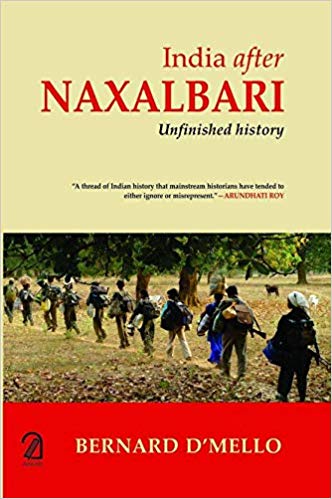Maoism in India has evoked the interest of and intrigued social scientists and scribes in India and across the world of all persuasions for over seven decades. Though generally chronicled from the uprising in Naxalbari in 1967, its history goes back to the Communist Party of India-led uprising in Telangana in 1946 with the same intent, ideology and strategy. The Naxalbari movement of 1967 in West Bengal has a historical continuity with Telangana. For, after its withdrawal on Stalin’s advice in 1951, and particularly following the 1964 split in India’s Communist movement that created two parties supporting the USSR and China, the former followed Stalin’s advice to compete in India’s parliamentary politics and the latter became the vehicle of revolution in West Bengal. However, as the latter too tasted power through electoral politics in 1967, the party witnessed another split in 1969 and the radical Communist Party of India (Marxist-Leninist), and later its various factions, followed the revolutionary path. The volume under review, the latest offering on the subject, has been written by a scribe and human rights activist with an empathy towards the Maoist movement, which he expresses at the very outset: ‘Hundreds of millions of people have been the victims of Indian capitalism’s irrationality, brutality, and inhumanity, and it is the actions of those who could not remain unmoved and were compelled to revolt that have motivated me to write this book’ (p. 7).
The study comes at a time when a determined assault by the security forces resulted in the elimination of several senior key leaders such as Azad and Kishenji. Consequently, the Maoist movement has slowed down and become directionless. Also, with the change in regime in New Delhi after the 2014 general elections, the public discourse on Marxism and the Left-oriented thinking in India has come under determined and virulent attack, reducing space for those supporting the Left-revolutionary politics. Maoist politics in the meantime acquired a viciously violent character, attacking not only the police and the paramilitary forces after them, but also tribals and others suspected of being against them or being police informers.
D’Mello rightly contextualizes Maoism in India with the ‘precursor’ peasant uprisings in the post-World War II era. The Telangana (1946-51) and the Tebhaga (1946-47) movements signalled the success of the CPI’s revolutionary strategy and in Telangana, the abolition of the vetti (bonded labour), neutralization of the Dora (landlords) and redistribution of land were significant achievements during the colonial and immediate postcolonial era.

